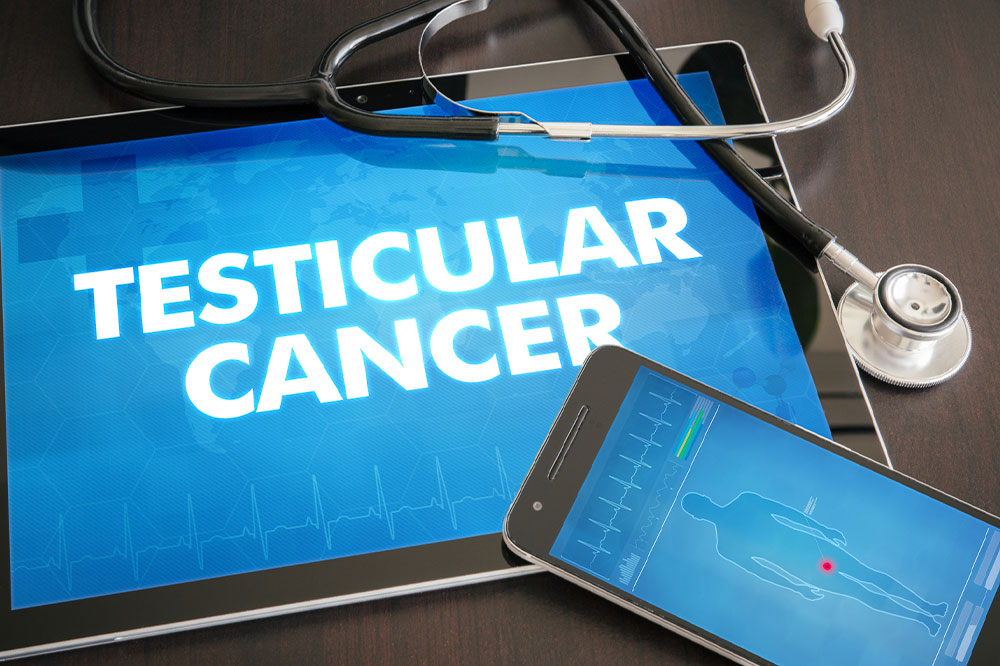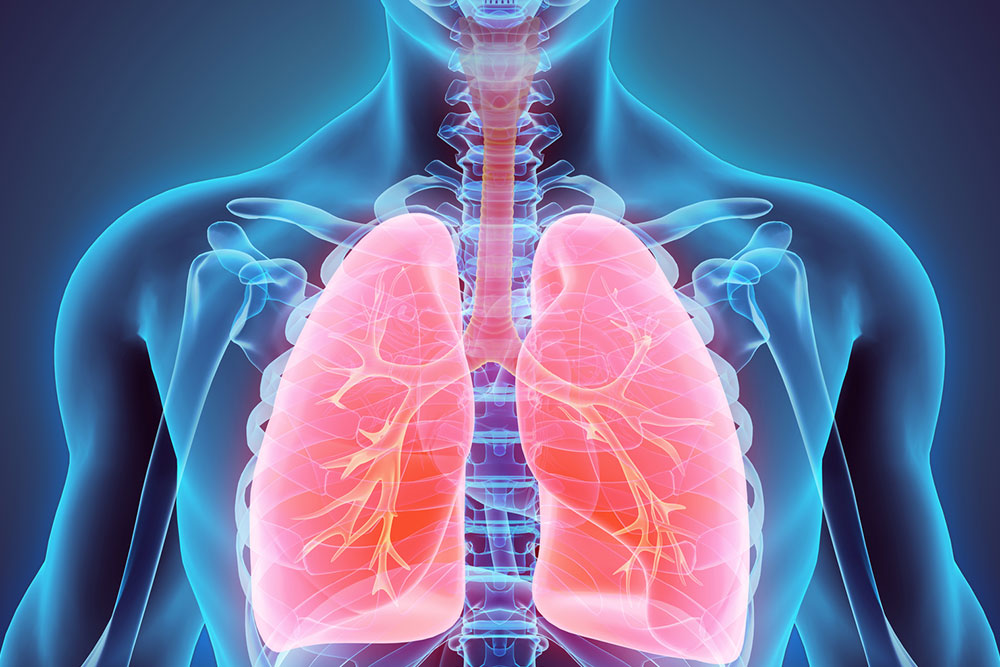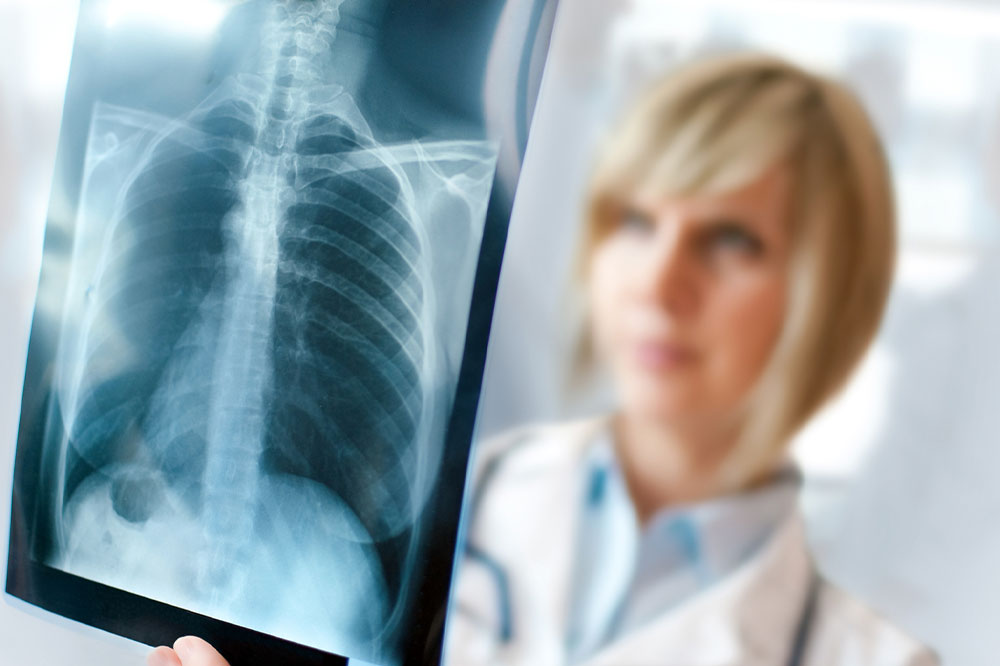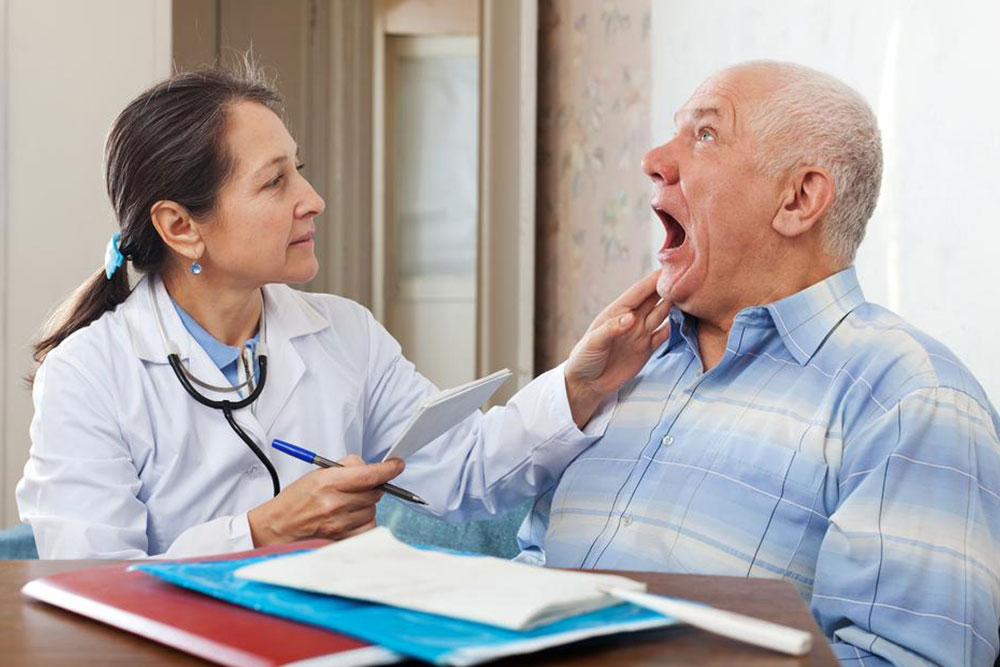Comprehensive Guide to Testicular Cancer: Symptoms, Causes, and Effective Treatment Strategies
This comprehensive guide explores testicular cancer, covering its causes, symptoms, diagnosis, and treatment options. It emphasizes the importance of early detection, discusses different types of tumors, and highlights the high survival rate with prompt treatment. Ideal for men and healthcare professionals eager to understand this common but often overlooked cancer type, the article underlines the importance of awareness and timely medical intervention for better health outcomes.

Comprehensive Guide to Testicular Cancer: Symptoms, Causes, and Effective Treatment Strategies
Testicular cancer is recognized as one of the most common types of cancer affecting men across the globe. Over recent decades, there has been a noticeable increase in cases, making awareness and understanding of this disease more crucial than ever. Although it can develop at any age, it predominantly affects men between the ages of 15 and 45. The origins of the abnormal cellular processes often begin early in life, with symptoms typically manifesting during puberty. This extensive article aims to provide a detailed overview of testicular cancer, including its causes, symptoms, methods for early detection, and the various treatment options available today.
What Causes Testicular Cancer?
At the core of testicular cancer development is abnormal cellular mutation. Normally, cells in the testicles grow and divide in a controlled manner. In the case of cancer, mutations cause these cells to grow uncontrollably, leading to tumor formation. Specifically, germ cells, which are responsible for sperm production, are the primary origin of this cancer type. These mutated germ cells can become cancerous, forming tumors that can be classified into different types based on their microscopic features.
Several risk factors have been associated with an increased likelihood of developing testicular cancer. These include a history of testicular trauma, testicular abnormalities like undescended testicles (cryptorchidism), exposure to certain hormonal substances, and infections such as HIV/AIDS. Environmental factors and genetic predispositions also play roles, although ongoing research continues to explore these associations. It is important to note that having risk factors does not guarantee cancer development, but it increases susceptibility.
Testicular cancer is primarily categorized into two main types: seminomas and nonseminomas. Seminomas tend to grow more slowly and generally respond well to radiation therapy, making them more manageable in early stages. Nonseminomas, on the other hand, are faster-growing and tend to spread more rapidly, often requiring more aggressive treatment strategies. These classifications are important because they influence the choice of therapy and expected prognosis. Accurate diagnosis through microscopic examination helps clinicians determine the specific type and plan appropriate treatment.
Recognizing the Symptoms of Testicular Cancer
Early detection of testicular cancer is vital for successful treatment. Initial signs usually include a noticeable lump or swelling in one of the testicles, which may be painless. Many men experience discomfort or pain in the groin, lower abdomen, or scrotum. Some may notice a feeling of heaviness or enlargement of the testicle. As the disease progresses, symptoms can become more severe, including unexplained weight loss, persistent cough, shortness of breath, and swollen lymph nodes in the neck or abdomen. Leg swelling due to vascular obstruction and gastrointestinal symptoms like nausea and vomiting can also occur in advanced stages.
It’s crucial for men who observe any of these signs to seek immediate medical attention. Early diagnosis significantly improves the effectiveness of treatment and survival rates.
How is Testicular Cancer Diagnosed?
When symptoms arise, a comprehensive medical evaluation is essential. The diagnostic process begins with a detailed medical history and physical examination, focusing on the testicles and surrounding lymph nodes for lumps, tenderness, or irregularities. A scrotal ultrasound is a pivotal tool in detecting lesions, masses, or anomalies within the testes. This imaging technique provides detailed visuals that help determine the size, location, and nature of the tumor.
Further assessments include blood tests to measure tumor markers such as alpha-fetoprotein (AFP), human chorionic gonadotropin (hCG), and lactate dehydrogenase (LDH), which aid in diagnosis and monitoring response to treatment. Advanced imaging modalities like CT scans of the abdomen and chest are utilized to check for spread to lymph nodes or distant organs, enabling staging of the cancer. Accurate staging is fundamental to selecting the most appropriate treatment plan.
Effective Treatment Options for Testicular Cancer
The management of testicular cancer hinges on the tumor's stage and type. Surgical removal of the affected testicle, known as orchiectomy, remains the cornerstone of initial treatment for all stages. This procedure involves removing the testicle through an inguinal incision. In early-stage cancers, orchiectomy alone may suffice, especially for seminomas, which are highly responsive to radiation therapy. For nonseminomas or more advanced stages, additional treatments are often necessary.
Adjuvant therapies include radiotherapy and chemotherapy. Radiotherapy is particularly effective against seminomas and is used post-surgery to eliminate residual cancer cells. Chemotherapy, involving drugs such as cisplatin, etoposide, and bleomycin, is employed in cases where the cancer has spread beyond the testicle, such as to the lungs or brain. Lymph node dissection may also be performed in specific cases to remove cancerous lymph nodes.
Despite the seriousness of the diagnosis, the prognosis for testicular cancer is excellent, especially when detected early. The five-year survival rate exceeds 95%, emphasizing the importance of prompt diagnosis and treatment.
Follow-up care is crucial for monitoring potential recurrence, managing side effects, and ensuring long-term health. Patients are typically advised to undergo regular imaging, blood tests, and physical exams post-treatment.
In conclusion, awareness of the signs, risk factors, and treatment options associated with testicular cancer can significantly impact outcomes. Early detection and modern therapeutic approaches have greatly improved survival rates, offering hope and effective management for affected men worldwide. Ongoing research continues to enhance our understanding and treatment of this disease, emphasizing the importance of patient education and proactive healthcare.





